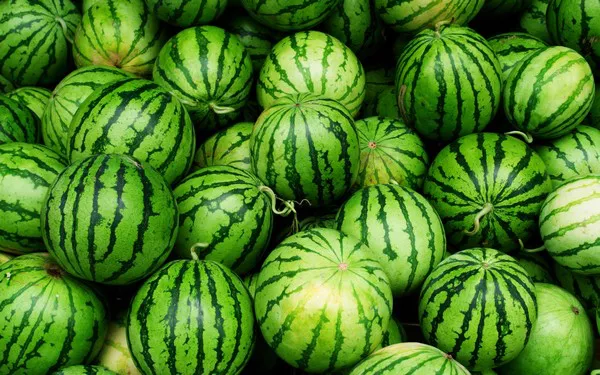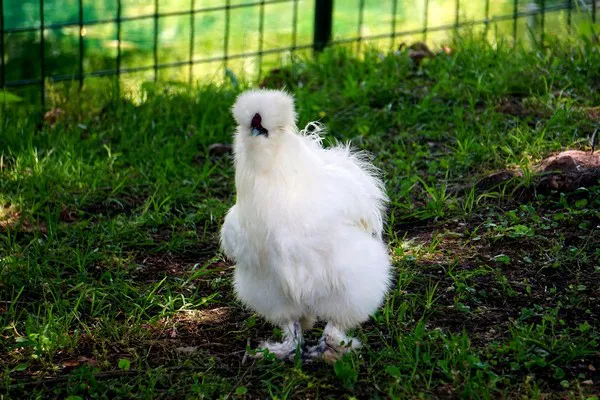In the realm of refreshing and juicy fruits, watermelons hold a special place, delighting taste buds and quenching thirst on hot summer days. As one of the most beloved and widely consumed fruits, watermelons are not only a symbol of summer but also a significant agricultural commodity. In this exploration, we unveil the top ten watermelon-producing countries in the world, shedding light on the agricultural prowess and economic contributions of these nations to the global watermelon market.
Top 10 Watermelon Producing Countries in the World
1. China:
Topping the list as the leading watermelon producer globally is China. With its vast agricultural landscape and favorable climate, China dominates the watermelon market, contributing significantly to both domestic consumption and international trade. The country’s diverse regions, from the northern plains to the southern subtropics, provide optimal conditions for watermelon cultivation, allowing for year-round production.
2. Turkey:
Nestled in the Mediterranean region, Turkey emerges as a powerhouse in watermelon production. The country’s warm climate and fertile soils create ideal conditions for cultivating high-quality watermelons. Turkish watermelons, known for their sweetness and juiciness, are not only enjoyed locally but are also exported to various international markets, contributing to Turkey’s prominence in the global watermelon trade.
3. Iran:
Iran secures its position as one of the top watermelon-producing countries, harnessing its arid and semi-arid regions for melon cultivation. The country’s strategic geographical location and advanced agricultural practices enable it to yield substantial watermelon harvests. Iranian watermelons, characterized by their rich flavor and vibrant colors, are a staple in the country’s agricultural landscape and contribute significantly to its economy.
4. Brazil:
In South America, Brazil stands out as a major player in the watermelon production scene. The country’s diverse climate zones, ranging from tropical to subtropical, facilitate year-round cultivation. Brazilian watermelons, prized for their size and sweetness, cater to both the domestic market and international demand. The vast expanses of agricultural land in Brazil contribute to its substantial watermelon output.
5. Egypt:
The fertile lands of the Nile Delta make Egypt a key player in the global watermelon production landscape. The country’s strategic location, coupled with the nutrient-rich soils provided by the Nile River, creates optimal conditions for cultivating high-quality watermelons. Egyptian watermelons, characterized by their sweetness and refreshing taste, find their way to both local markets and international shelves.
6. India:
India, with its vast and diverse agricultural regions, emerges as a significant contributor to the global watermelon supply. The country’s varied climates, from the tropical south to the temperate north, allow for year-round cultivation. Indian watermelons, known for their sweetness and succulence, are a popular choice among consumers. The country’s agricultural practices and extensive cultivation areas bolster its position in the list of top watermelon-producing nations.
7. Russia:
Despite its northern location, Russia has secured a spot among the top watermelon-producing countries. The country’s agricultural advancements, coupled with greenhouse cultivation technologies, enable it to produce watermelons even in colder climates. Russian watermelons, often cultivated in controlled environments, contribute to both local markets and the nation’s growing agricultural exports.
8. Mexico:
In North America, Mexico plays a crucial role in the watermelon production landscape. The country’s diverse climates, spanning from tropical to arid regions, provide favorable conditions for watermelon cultivation. Mexican watermelons, appreciated for their quality and taste, cater to both domestic consumption and export markets, solidifying Mexico’s standing as a key contributor to global watermelon production.
9. United States:
The United States, with its expansive agricultural lands and diverse climates, is a notable player in the global watermelon market. From the southern states with warm temperatures to the more temperate regions, the U.S. produces a significant volume of watermelons annually. American watermelons, synonymous with summer picnics and barbecues, contribute to both local and international markets.
10. Indonesia:
In Southeast Asia, Indonesia secures its place among the top watermelon-producing nations. The country’s tropical climate and fertile soils provide optimal conditions for watermelon cultivation. Indonesian watermelons, known for their sweetness and vibrant colors, are not only cherished locally but also contribute to the country’s agricultural exports.
See Also: TOP 10 BANANA PRODUCING COUNTRIES WORLDWIDE: INDIA RANKS FIRST
As we unveil the top ten watermelon-producing countries in the world, it becomes evident that these nations play a crucial role in meeting the global demand for this beloved fruit. The favorable climates, advanced agricultural practices, and rich soils of these countries contribute to the quality and abundance of watermelons that grace tables around the world. Beyond being a delicious summer treat, watermelons serve as economic pillars for these nations, supporting local livelihoods and contributing to international trade.
You Might Be Interested In:























